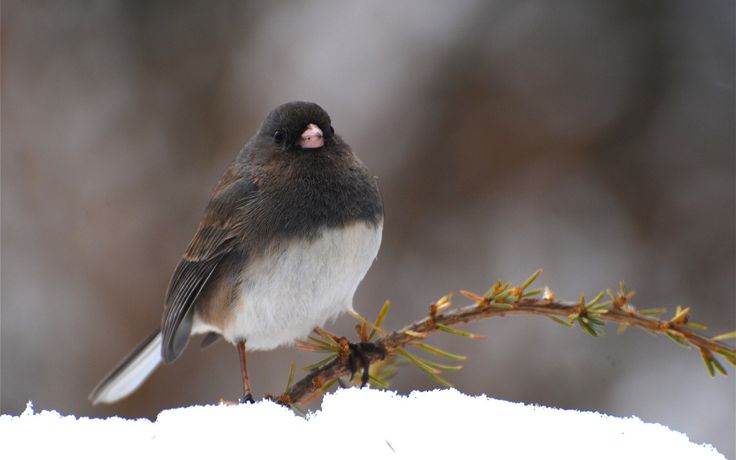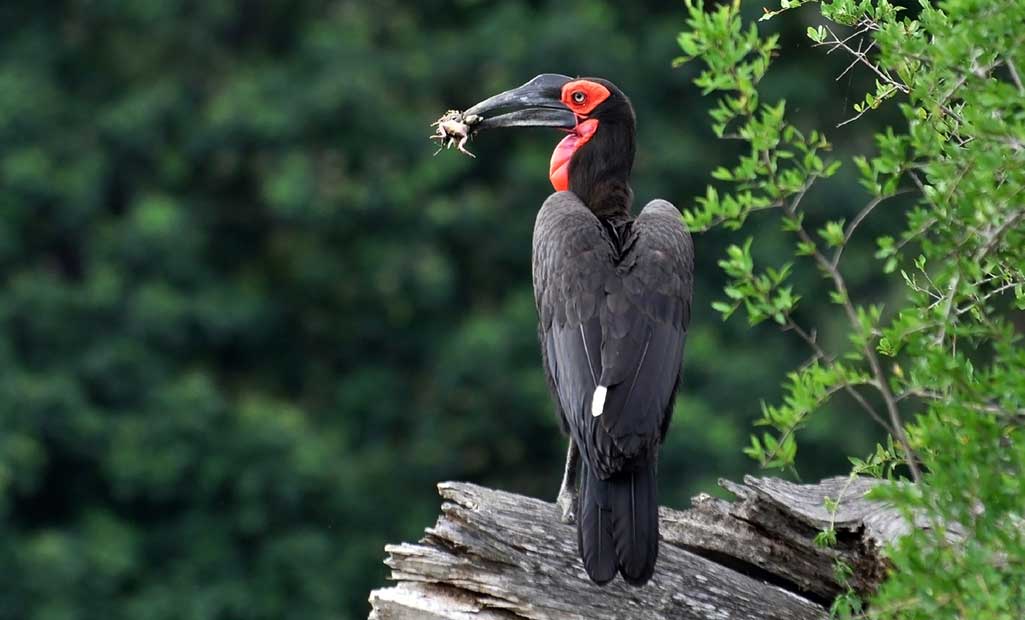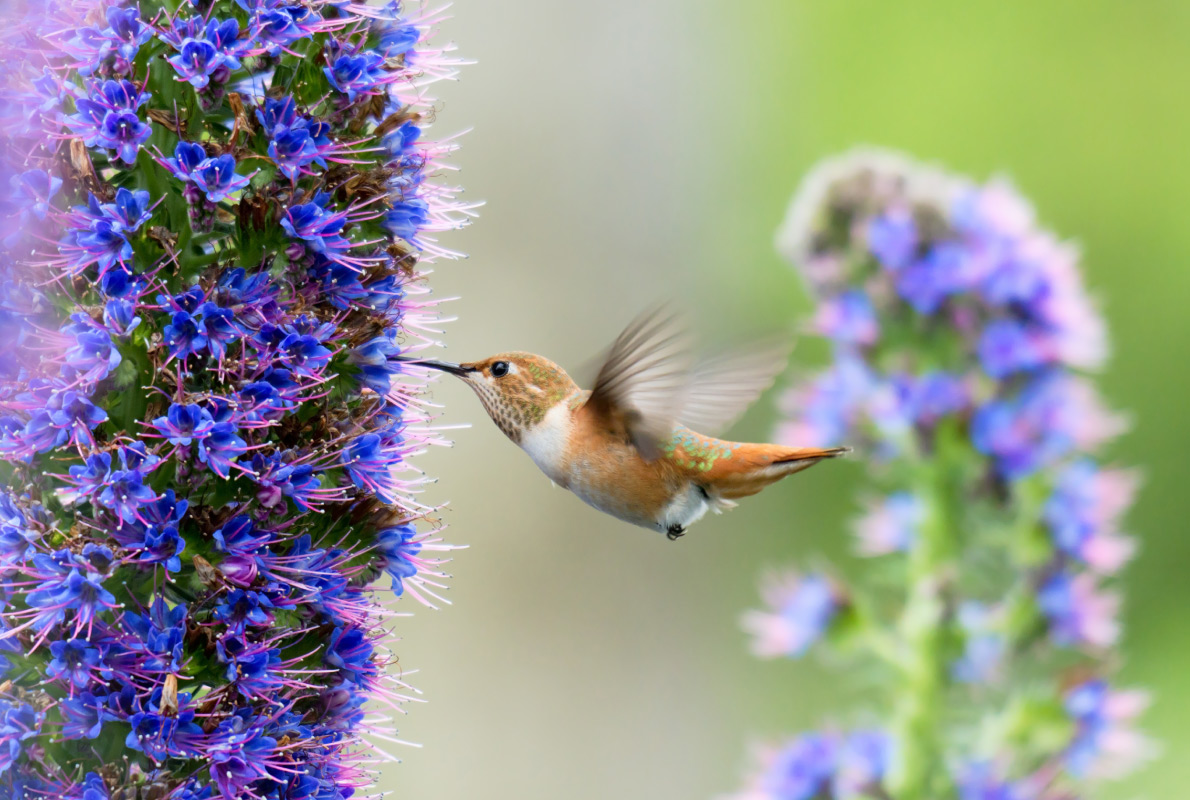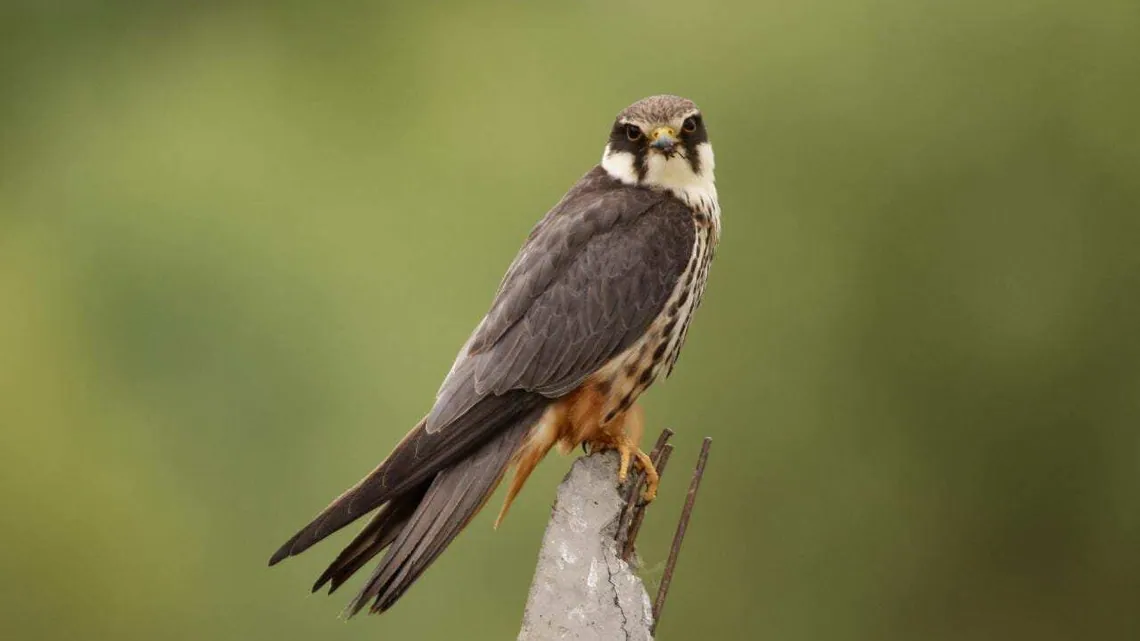Bird watching and conservation
Bird watching is a popular hobby that allows individuals to appreciate the beauty and diversity of birds. However, bird watching can also play an important role in conservation efforts. By reporting sightings of rare or threatened species to local organizations, bird watchers can help scientists better understand these species’ populations and habitats. Additionally, bird watchers who participate in citizen science projects such as eBird or Project FeederWatch provide valuable data on bird behavior and distribution.
Another way to contribute to bird conservation while bird watching is by supporting habitat preservation efforts. Bird watchers can advocate for protected areas such as national parks or wildlife refuges that provide critical habitat for many species of birds. They can also support habitat restoration projects in their own communities by volunteering with local organizations or donating funds towards planting native vegetation and removing invasive species that threaten native habitats.
Overall, bird watching provides a unique opportunity for individuals to observe and appreciate the natural world while also contributing to important conservation efforts through citizen science participation and advocacy for habitat preservation.
Understanding bird conservation
Bird conservation is the practice of protecting and preserving bird populations and their habitats. As a birdwatcher, there are several ways in which you can contribute to bird conservation efforts. Firstly, it’s essential to learn about the various threats that birds face, such as habitat loss, climate change, predation by invasive species, hunting or poaching, pollution and collisions with human-made structures.
Once you’re aware of these threats, you can take steps to mitigate them while out bird watching. For example, be mindful of your impact on the environment by avoiding littering or disturbing nests or other wildlife. You could also help report any illegal hunting or trapping activities or participate in local habitat restoration projects.
Another way to contribute is by supporting organizations that work towards bird conservation efforts through donations or volunteering. These organizations conduct research to understand the issues facing birds and implement strategies for their protection and recovery. By supporting these organizations financially or contributing your time and skills as a volunteer, you’re helping make a difference in safeguarding our feathered friends’ future.
Identifying endangered bird species
Bird conservation is a critical aspect of preserving the natural ecosystem. Identifying endangered bird species while bird watching can help contribute to conservation efforts. One way to identify endangered birds is by observing their physical characteristics, behavior, and habitat. For example, the California Condor has a bald head with black feathers and a wingspan of up to ten feet. They are also known for their social behavior and roosting in large groups on cliffs.
Another way to identify endangered birds is by keeping track of their population numbers. The International Union for Conservation of Nature (IUCN) Red List provides information on the status of endangered bird species worldwide. By monitoring population trends, you can quickly identify those that are in danger or at risk of becoming extinct due to human activities such as habitat loss or hunting.
Overall, identifying endangered bird species while bird watching can be both rewarding and informative. It offers an opportunity to contribute towards conservation efforts through citizen science initiatives or local organizations dedicated to protecting these vulnerable creatures’ habitats and populations. By observing and recording data about these birds’ behaviors, we can better understand their needs and work towards creating sustainable solutions that will ensure their survival for generations to come.
Choosing ethical bird watching practices
One of the most important things to keep in mind when bird watching is to respect the birds and their habitat. This means avoiding disturbing their natural behaviors, not getting too close or touching them, and minimizing any impact on their environment. It’s crucial to remember that birds are wildlife and should be treated as such.
Another way to practice ethical bird watching is to avoid using recordings or playing calls in order to attract birds. This can disrupt their natural communication patterns, interfere with breeding behaviors, and even put them at risk from predators. Instead, try learning about the local bird species and observing them in their natural habitats without interfering.
Finally, consider supporting organizations that work towards bird conservation efforts like habitat restoration projects or education programs for communities living near important bird habitats. By contributing financially or volunteering your time you can make a real difference towards protecting these amazing creatures for generations to come!
Reporting sightings to conservation organizations
One way to contribute to bird conservation efforts while bird watching is by reporting sightings to conservation organizations. By doing so, you provide valuable data that can help researchers and scientists better understand bird populations, migration patterns, and behavior. This information can then be used to inform conservation strategies and policy decisions.
There are several ways to report bird sightings. One option is eBird, a citizen science project run by the Cornell Lab of Ornithology that allows users to enter their observations online. Another option is submitting sighting reports directly to local or national conservation organizations such as Audubon or the National Audubon Society.
Reporting sightings not only helps with research and conservation efforts but also fosters a sense of community among bird watchers who share their observations with each other. It’s important to remember that every observation counts, no matter how common or rare the species may be. So next time you’re out bird watching, consider submitting your sightings for the benefit of birds everywhere!
Supporting local conservation efforts
One way to support local conservation efforts while bird watching is to join a local birding or nature club. These organizations often have partnerships with conservation groups, and they may organize events that directly benefit local habitats. For example, members may participate in habitat restoration projects or bird banding studies. Additionally, joining these groups can provide opportunities to learn about the specific challenges facing birds in your area and how you can help.
Another way to support conservation efforts is by reporting sightings of rare or threatened species. Many organizations rely on citizen science data to track populations and identify areas in need of protection. By sharing your observations, you could help identify important breeding sites or migration routes that might otherwise go unnoticed. Some apps and websites make it easy for individuals to contribute their sightings data, such as eBird or iNaturalist.
Finally, it’s important to consider the impact of our own actions on bird habitats. When visiting natural areas, stay on designated trails and avoid disturbing nesting sites or sensitive habitats. Avoid using pesticides in your yard, which can harm both birds and their food sources. And consider investing in bird-friendly products such as shade-grown coffee or sustainably harvested wood products – supporting sustainable practices helps protect critical habitats for wildlife around the world!
Taking action to preserve habitat
One way to contribute to bird conservation efforts while bird watching is by taking action to preserve their habitat. The destruction of natural habitats is one of the biggest threats facing birds today, so it’s important to do what we can to protect these areas. This can be as simple as picking up litter on your birding trips or participating in local cleanup events.
Another way to help preserve habitat is by supporting conservation organizations that work to protect and restore natural areas. You can donate directly or participate in fundraising events, and many organizations also offer volunteer opportunities where you can get involved in hands-on conservation work. By taking action to preserve habitat, you’re helping ensure that future generations will have the opportunity to enjoy the beauty and diversity of our feathered friends.



